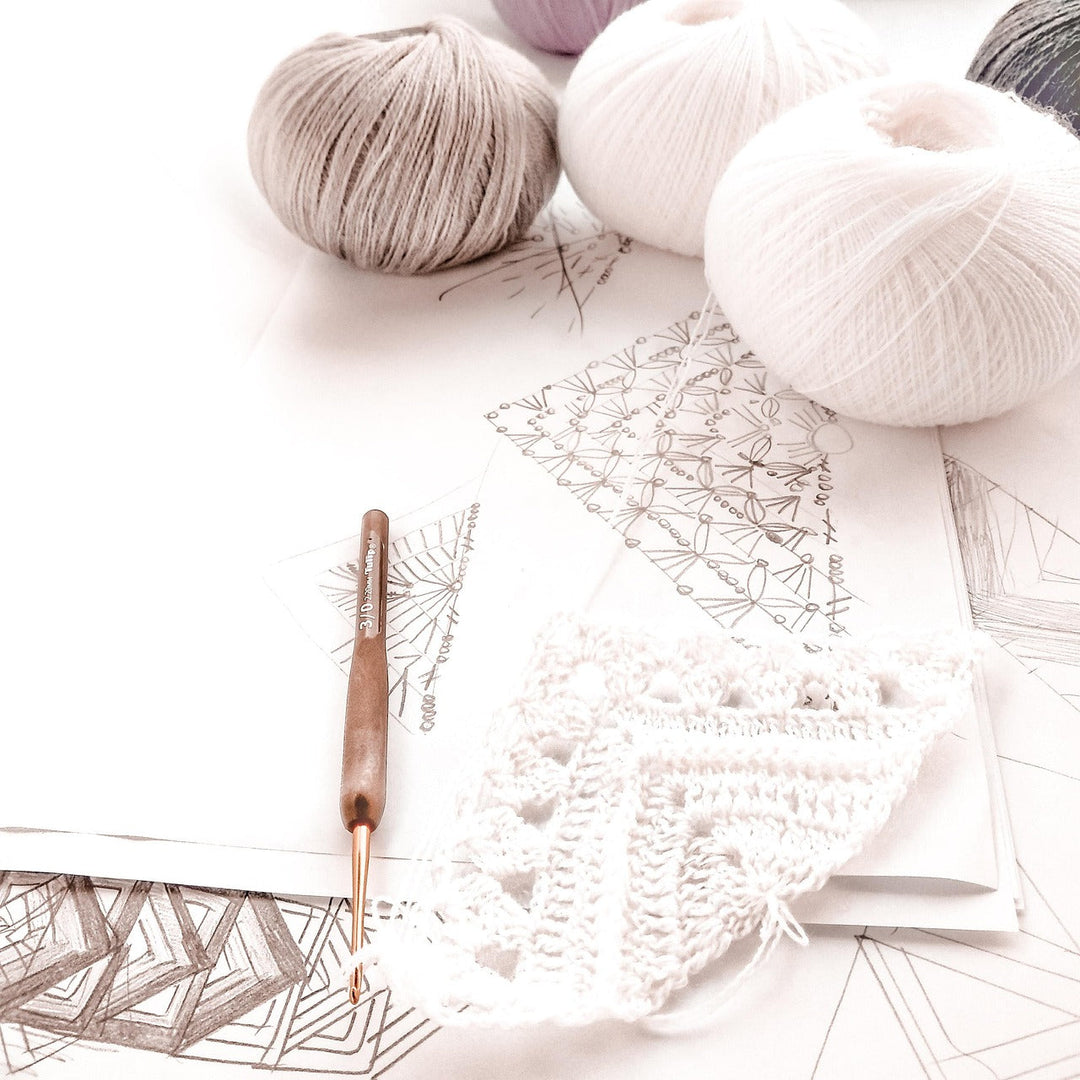Symbolism and Motifs Commonly Found in Craftsman Style
Craftsman style architecture and design emerged in the late 19th and early 20th centuries as a reaction against the ornate, mass-produced aesthetic of the Victorian era. This movement, championed by figures like Gustav Stickley and the Greene brothers, sought to celebrate simplicity, functionality, and the beauty of natural materials. While Craftsman style is often admired for its clean lines and practicality, it also boasts a rich symbolism and a variety of motifs that reflect its philosophical underpinnings and cultural context. In this article, we'll delve into the symbolism and motifs commonly found in Craftsman style, exploring how they contribute to the enduring appeal of this architectural and design tradition.

Nature as Inspiration:
At the heart of Craftsman style is a deep reverence for nature. This reverence is evident in the emphasis on natural materials such as wood, stone, and glass, as well as in the incorporation of motifs inspired by the natural world. One of the most iconic motifs in Craftsman style is the use of botanical imagery, including flowers, leaves, and vines. These motifs can be found in everything from stained glass windows to decorative woodwork, serving as a reminder of the beauty and abundance of the natural world.

Geometric Precision:
Craftsman style places a strong emphasis on geometric forms, with clean lines and simple shapes dominating its architectural and decorative elements. This emphasis on geometry reflects the movement's commitment to honesty and integrity in design, as well as its rejection of the overly ornate and frivolous aesthetics of the Victorian era. In Craftsman style, every line and angle serves a purpose, contributing to the overall harmony and coherence of the design.

Handcrafted Details:
One of the hallmarks of Craftsman style is its emphasis on craftsmanship and artisanal skill. Unlike the mass-produced goods of the Victorian era, which often sacrificed quality for quantity, Craftsman style celebrates the beauty of handcrafted objects and the time-honored techniques used to create them. This emphasis on craftsmanship is evident in the intricate detailing found in Craftsman homes and furnishings, from hand-carved woodwork to hand-hammered metal hardware. These handcrafted details serve as a testament to the skill and dedication of the artisans who created them, as well as a reminder of the value of quality over quantity.

Symbolism of Simplicity:
At its core, Craftsman style is about simplicity and functionality. This commitment to simplicity is not just an aesthetic choice, but a philosophical one as well. In a world increasingly dominated by mass production and consumerism, Craftsman style offers a refreshing alternative—a return to basics, where beauty is found in simplicity and utility. The emphasis on clean lines, unadorned surfaces, and practicality reflects a desire to strip away the excess and focus on what truly matters. In this sense, Craftsman style can be seen as a symbol of resistance against the superficiality and materialism of modern life.

Unity of Form and Function:
In Craftsman style, form follows function—a principle that is central to the movement's philosophy. Unlike the purely decorative ornamentation of the Victorian era, Craftsman design is rooted in practicality and utility. Every element of a Craftsman home or object is designed with a specific purpose in mind, whether it's a built-in bookcase or a hand-forged door handle. This unity of form and function not only contributes to the overall coherence and integrity of Craftsman design, but also serves as a reminder of the importance of thoughtful, purposeful design in everyday life.

Emphasis on Community and Craftsmanship:
Craftsman style is not just about individual expression, but also about community and collaboration. Many Craftsman homes and furnishings were designed and built by local artisans and craftspeople, using locally sourced materials and traditional techniques. This emphasis on community and craftsmanship is reflected in the close attention to detail and the high level of quality found in Craftsman design. It's also a reminder of the importance of supporting local economies and preserving traditional craft traditions in an increasingly globalized world.

The Influence of the Arts and Crafts Movement:
Craftsman style is deeply indebted to the Arts and Crafts movement, a broader cultural and social movement that emerged in the late 19th century in response to the industrialization and mechanization of society. Like the Arts and Crafts movement, Craftsman style sought to revive traditional craft techniques and celebrate the beauty of handmade objects. It also shared the Arts and Crafts movement's emphasis on social reform and the idea of art as a force for positive change in society. While Craftsman style is often associated with architecture and design, its influence can also be seen in other artistic disciplines, including furniture making, pottery, and decorative arts.

Craftsman style is more than just an architectural and design aesthetic—it's a philosophy, a way of life, and a symbol of enduring values in an ever-changing world. From its reverence for nature and emphasis on craftsmanship to its commitment to simplicity and functionality, Craftsman style embodies a set of ideals that continue to resonate with people today. By exploring the symbolism and motifs commonly found in Craftsman style, we gain a deeper appreciation for the movement's rich cultural heritage and its lasting influence on the world of design.























Leave a comment